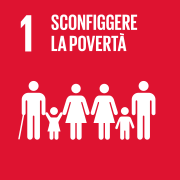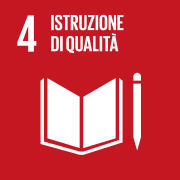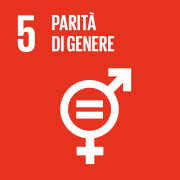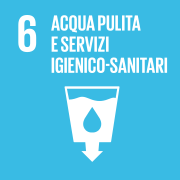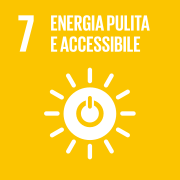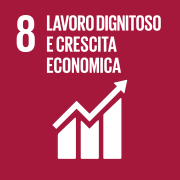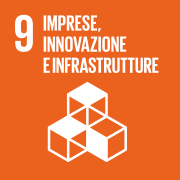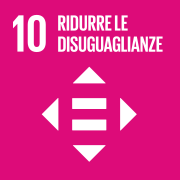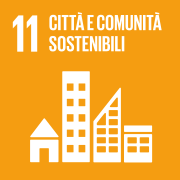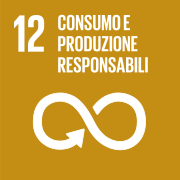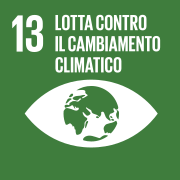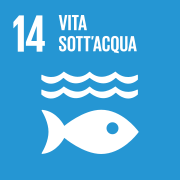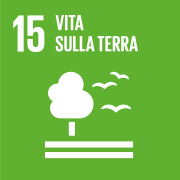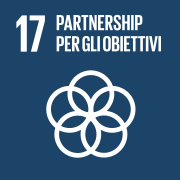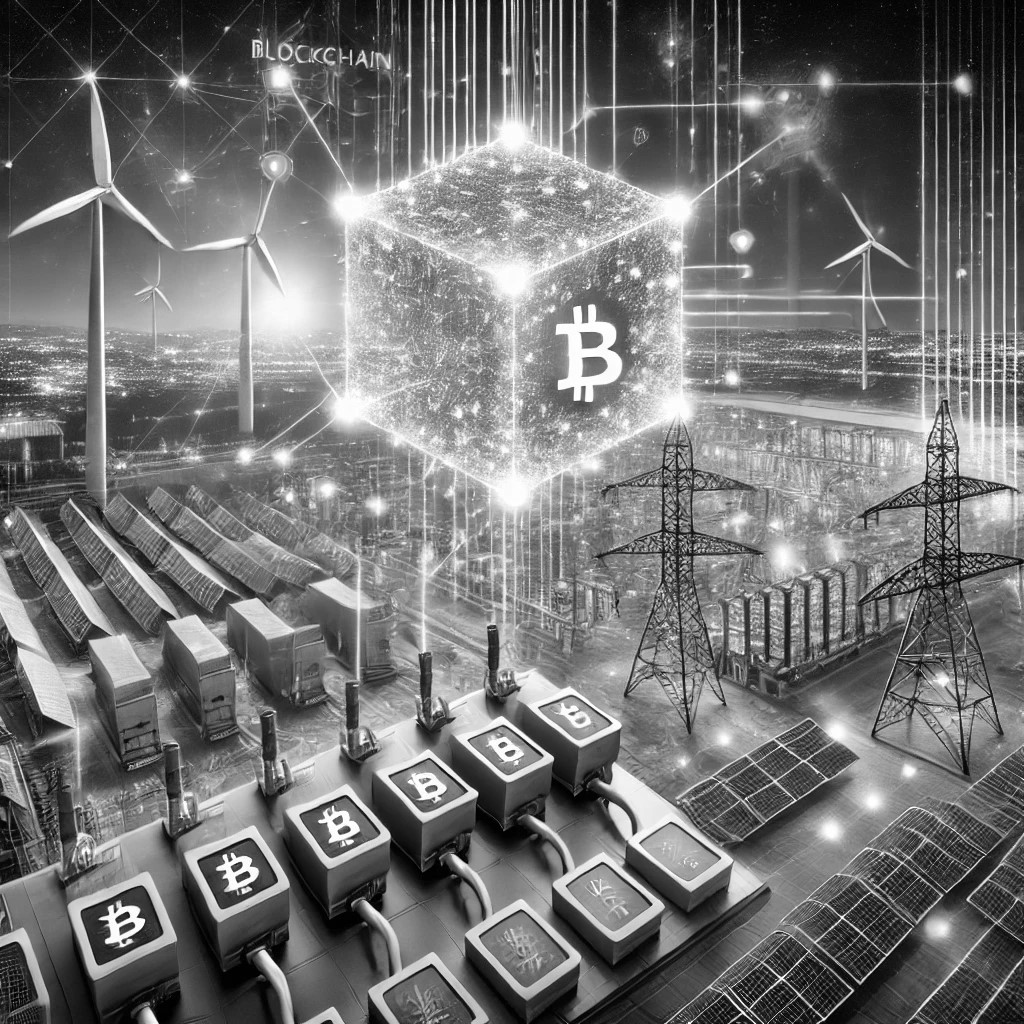
Blockchain is emerging as one of the most innovative and versatile technologies of our time, capable of profoundly transforming all the key sectors of our economy, including the energy sector. Initially associated in the imagination of many only with the world of cryptocurrencies, today blockchain finds application in much broader areas close to the everyday life of citizens, thanks to its ability to guarantee transparency, traceability and decentralisation. In a context of ecological transition, where energy saving and the adoption of renewable sources are crucial, Blockchain offers unique solutions for optimising consumption, reducing waste and encouraging virtuous behaviour.
This article highlights those areas of interest and application contexts in which blockchain is having the greatest impact on the user-side energy market: from peer-to-peer energy trading, to token-based incentive systems and gamification, to the development or refurbishment of previous practices of self-generation and local energy consumption. Taken together, all of this shows how this technology is already shaping the future of electricity and gas, for ever wider deployment among both businesses and consumers.
Peer-to-peer energy trading: direct energy exchange in communities
A revolutionary application of blockchain is peer-to-peer energy trading, which allows renewable energy producers – such as solar panel owners – to sell the surplus directly to consumers, eliminating middlemen and reducing costs. This decentralised model not only makes the energy system more efficient, but also increases users’ control over energy management.
Thanks to Blockchain, in fact, combined with digital consumption metering systems, it has become possible to track consumption itself and automate the buying and selling of energy locally via smart contracts, fostering the emergence and sustainability of so-called ‘micro-grids’.
An emblematic case, a forerunner of many of today’s increasingly popular initiatives around the world, is the Brooklyn Microgrid (BMG): A project that reimagines the traditional energy grid model by developing a community energy grid. Residents can exchange renewable energy within a local microgrid, using blockchain to record each transaction securely and transparently. Smart contracts automate the selling and buying process, ensuring a smooth system without bureaucratic barriers. This approach not only promotes energy savings, but also incentivises distributed renewable energy production.
In Italy, too, so-called microgrids and shared consumption efficiency systems (such as in apartment blocks) are developing increasingly rapidly; and for some years now , new solutions for the on-site management of energy consumption have been under study thanks to the support provided by platforms based on blockchain technology.
Energy-saving incentives through tokens and gamification
Blockchain also offers the opportunity to implement technical solutions designed to incentivise virtuous consumer behaviour. These are systems based on tokens that are assigned through reward mechanisms by the energy supplier to the end user, usually with an economic value returned directly in the bill, equal to a part of the energy saved by the consumer thanks to the adoption of good practices. These instruments reward consumers for actions that promote energy savings such as, for example, the use of efficient appliances or energy consumption during cheaper time slots, or for shorter consumption cycles.
For example, a trial was carried out in 2019 by Northern Powergrid among two thousand of its customers, during which consumers were incentivised to reduce their consumption during peak demand hours through a mobile game. The ‘prize’ obtained by each user was managed via tokens and could be automatically deducted from their bill from time to time. The British energy company, at the end of a two-year trial, decided to progressively extend this practice to all its customers, since at the end of the trial participants had saved an average of 11% of their usual consumption.
Even in Italy, an ENEA research of a few years ago shows how the possibilities of application and dissemination of blockchain technology in the energy sector are growing, creating smart infrastructures that are able to make consumers interact and promote virtuous consumption behaviour; at an individual level, but also within energy communities for electricity consumption or district heating.
Blockchain as a driver for change in the energy sector
Blockchain as we have seen is emerging, albeit gradually, as a key technology to address the challenges of the energy transition also in the daily practices of consumers.
Blockchain can enable solutions that foster the development of peer-to-peer energy exchange within local communities and ‘smart microgrids’, thanks to the convergence between IoT technologies for energy measurement and exchange and the automation of payments via ‘smart contracts‘. All this is also radically transforming the way we produce energy, favouring the spread of local renewable energy plants, but also the way we manage energy by favouring the decentralisation of management and consumption at the local level.
Similarly, consumption behaviour and our lifestyles are changing radically and often for the better, thanks mainly to the adoption of good consumption habits in everyday life. Applications based on gamification techniques are increasingly a tool that energy suppliers aim to adopt to push consumers to optimise their consumption by reducing waste. Setting targets and ‘challenges’ to overcome in reducing one’s consumption also helps users to develop an awareness of their energy use, and leveraging bill savings through self-managed tokens with blockchain technology is a strong incentive in this direction.
It is therefore to be hoped that such Blockchain-based technological solutions will be adopted more and more rapidly, to enable new means for consumers to reduce their energy footprint and consequently favour the reduction of polluting emissions resulting from current energy demand.
